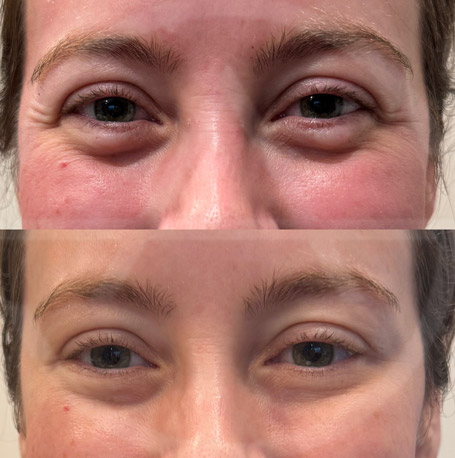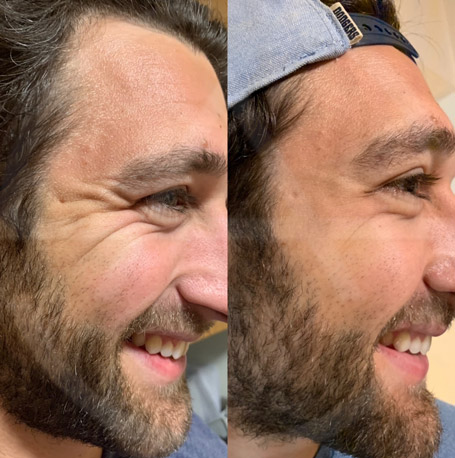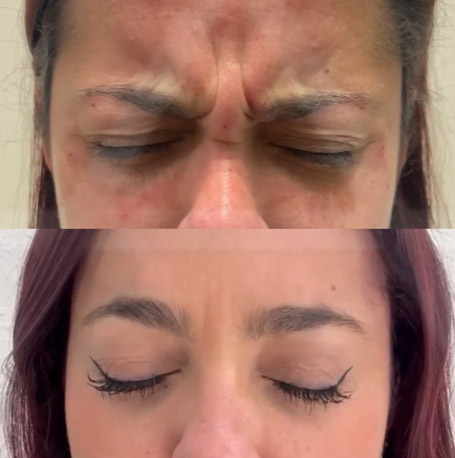
Botox
Table of ContentsToggle Table of ContentToggle
What Is Botox?
Botox or Botulinum toxin, is a neurotoxin that is commonly used in both cosmetic and medical procedures. It works by temporarily relaxing or paralyzing muscles in the treated area. In aesthetic medicine, it is used for the treatment of fine lines and wrinkles, but it has extensive applications beyond wrinkle prevention. It is a non-surgical treatment that can provide a more youthful appearance and smoother skin.
In the same way the brand Kleenex has become synonymous for facial tissues, Botox has become synonymous for all neuromodulators or neurotoxins. However, Botox is just one of the types of neurotoxin on the market. Other FDA-approved neurotoxins on the market include Dysport, Xeomin, Jeauveau, and Daxxify. In general, these neurotoxins all work similarly but have key distinguishing properties. Dr. Sarah Avila, oculofacial surgeon in Miami, offers a variety of neurotoxins, including Botox, to help you achieve a more refreshed, natural look and prevent the signs of aging.
Where Is Botox Used?
Botox can be applied to various areas of the face, neck, and body to address specific cosmetic concerns. Some common areas for Botox injections in cosmetic procedures include:
- Forehead: To reduce horizontal lines and wrinkles.
- Glabella (between the eyebrows): To minimize vertical “frown lines” or “11 lines.”
- Crow’s feet: To soften the wrinkles at the corners of the eyes.
- Eyebrows: To shape and lift the brows.
- Bunny lines (on the nose): To reduce wrinkles when scrunching the nose.
- Lip lines: To minimize “smoker’s lines” around the mouth or give a lip lift.
- Neck: To address neck bands and wrinkles.
- Masseter: To treat TMJ (temporomandibular joint dysfunction) and slim the face.
- Hands/Armpits/Face: To treat sweating or hyperhidrosis.
- Gummy smile: To improve excessive exposure of the gum line when smiling.
Functional or non-cosmetic uses of Botox that Dr. Sarah Avila treats include:
- Blepharospasm: To treat involuntary muscle contractions around the eyes.
- Hemifacial spasm: To treat involuntary muscle contractions of the face.
- Eyelid myokymia: To treat bothersome eyelid twitches or spasms.
- Facial paralysis: To balance facial muscles in the setting of facial droop.
- Migraines: To help alleviate pain and tension from tight muscles.
- Tearing: To help the lacrimal gland produce less tearing.
When Will I See Results?
The onset of results after a Botox or neurotoxin treatment can vary, but generally, you can expect to see initial improvements within a few days to a week after the injection. Here’s a general timeline:
- Initial Improvement (2-7 Days): You may notice a reduction in muscle activity and the softening of wrinkles within the first week after the Botox or neurotoxin treatment.
- Peak Effect (2-6 Weeks): The full effects of Botox or neurotoxins are typically reached about 2 to 6 weeks after treatment. This is when you’ll see the most significant reduction in wrinkles and muscle movement.
- Duration (3-4 Months): The results of a Botox or neurotoxin treatment usually last around 3 to 4 months. Over time, the effects gradually wear off as the treated muscles regain their activity.
- Maintenance: To maintain the desired results, repeat treatments are often required. Many people choose to have follow-up Botox injections every 3-4 months, but the frequency can vary depending on individual factors and the area treated.
It is important to note that individual experiences can vary, and the exact timing of results can depend on factors like the dosage, the area treated, and your body’s response. Sometimes a certain neurotoxin may not work for you, and a different type will have to be used. Always follow your doctor’s advice for post-treatment care and schedule follow-up appointments as needed.
How Long Does Botox Last?
The duration of Botox results varies from person to person and can depend on factors like the dosage, the area treated, muscle strength, and individual metabolism. In general, Botox results typically last around 3 to 4 months. After this period, the effects gradually wear off as the treated muscles regain their activity.
It’s important to note that some people may experience shorter or longer durations of effect. To maintain the desired results, repeat treatments are usually required. Consistent follow-up treatment can lead to prolonged results as the muscles weaken over time. Many individuals choose to have follow-up Botox injections every 3-4 months to sustain the reduction in wrinkles and muscle activity. Dr. Sarah Avila can provide guidance on the ideal timing for follow-up treatments based on your specific needs and goals.
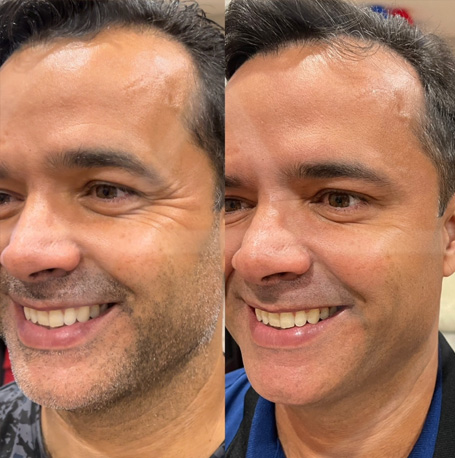
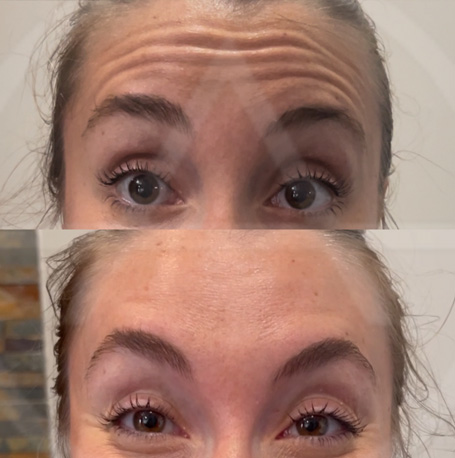
How Much Does Botox or Neurotoxins Cost?
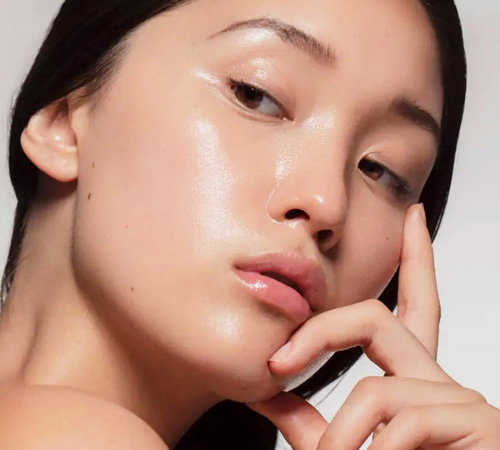
Cosmetic Botox or Neurotoxin Procedure Overview:
Botox or neurotoxin injections are performed in a medical office by a trained physician. Here is a brief overview:
Consultation: Before the procedure, you will have a consultation to discuss your goals and concerns. Dr. Sarah Avila will assess your facial muscles, wrinkles, and overall appearance to determine the best treatment plan.
Preparation: Then, the treatment area will be cleansed, and a topical anesthetic or numbing cream may be applied.
Injection: Using a very small, fine needle, Dr. Sarah Avila will inject Botox or neurotoxin directly into the targeted muscle. The number of injections and the amount given will depend on the area treated, the strength of the muscle, and the severity of the wrinkles.
Results: The Botox or neurotoxin injections will gradually take effect and can take up to two weeks to see full results. You will be asked to follow up in 2-3 weeks to assess the final results and determine if any touch-ups are needed.
What Is the Aftercare for Botox or Neurotoxin Injections?
After getting Botox injections, it’s important to follow proper aftercare instructions to ensure the best results and minimize the risk of side effects. These are the common aftercare guidelines Dr. Sarah Avila recommends:
- Avoid Touching or Rubbing to prevent the Botox or neurotoxin from spreading to unwanted areas.
- Stay Upright to help prevent the Botox from migrating to other facial muscles.
- No Strenuous Exercises to reduce the risk of moving the injected Botox to unintended areas.
- Minimize Alcohol consumption to help reduce bruising and swelling after injection.
- Avoid Blood Thinners to help reduce risk of bruising.
- Be Patient. It may take a few days and up to 2 weeks to see the full effects of Botox!
- Follow-up is important so that your doctor can learn your anatomy and make any adjustments as needed.
- Report Side Effects such as unwanted facial paralysis, difficulty breathing, swallowing, etc. to your doctor immediately.

Sarah Avila, MD
Specialization: Eyelid Surgery & Aesthetics
Dr. Sarah Avila is an oculofacial plastic surgeon in Miami, Florida. After completing medical school, Dr. Avila completed a residency in ophthalmology at the Mount Sinai Hospital, followed by a highly competitive two-year ASOPRS-accredited fellowship in reconstructive and cosmetic oculofacial surgery at Emory University. During this fellowship, Dr. Avila focused on plastic surgery related to the eyelids, brows, lacrimal duct system, orbit, and face.


